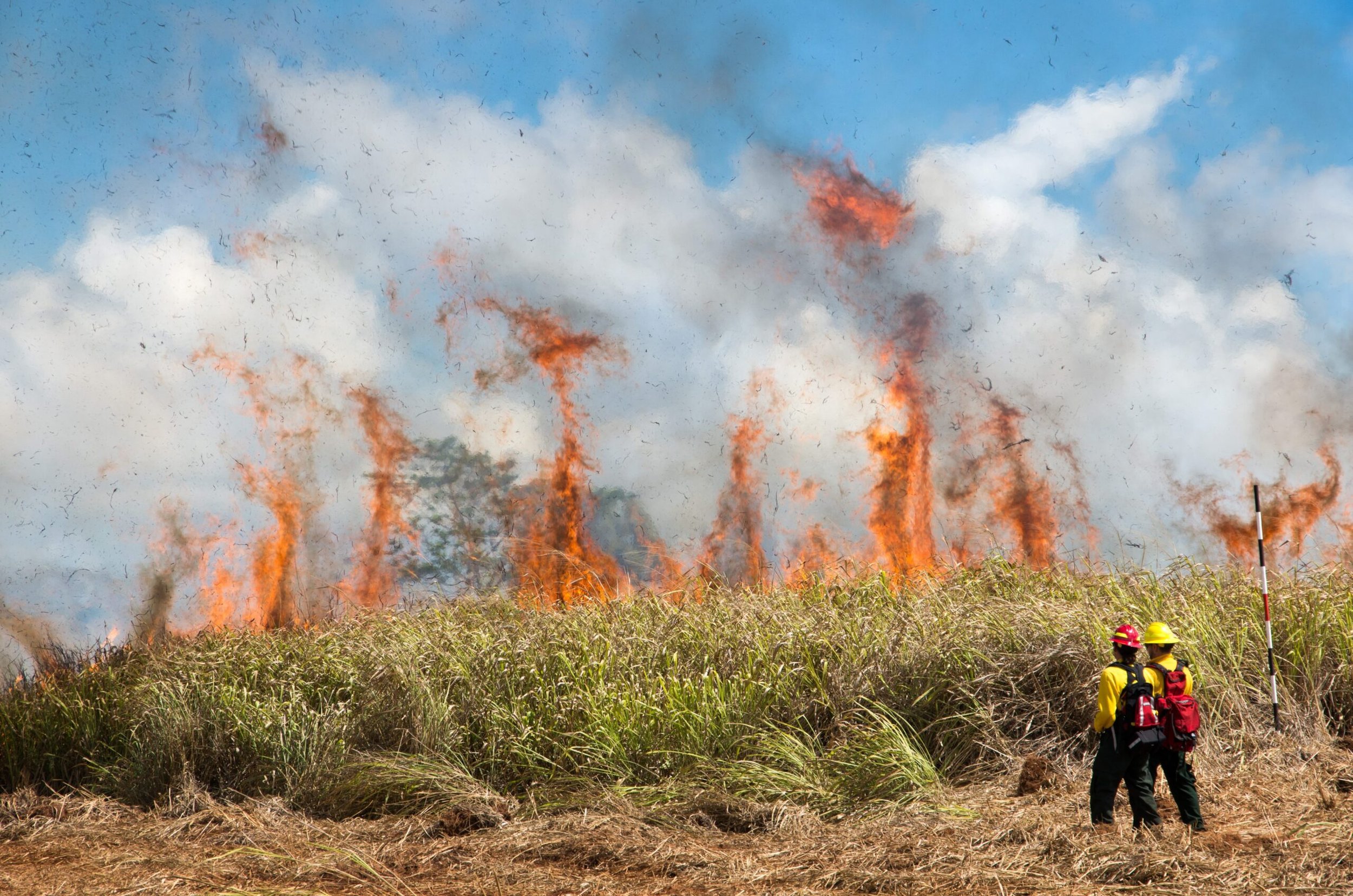
Our Program Areas
Education
-
Wildfire safety begins with learning about wildfire and learning about safety. HWMO has identified the many sectors across our Hawaiʻi-Pacific region that can contribute to improved fire outcomes and works to develop educational materials, training workshops, and public messaging campaigns to increase wildfire awareness and informed action by diverse parties.
-
Whether it’s Ready, Set, Go! Preparedness information via workshops or printed materials, Wildfire and Drought LOOKOUT! preparedness tips via social media, or free wildfire home assessments, HWMO wants residents to feel empowered with information and actions they can take immediately to get safer.
-
In the early 2000s, HWMO started as an organization learning how to manage lands to reduce wildfire threats and impacts, and this remains a central focus of our efforts still today. We have developed training materials and courses on topics like mitigation best practices, fire behavior and fuels management crash course, and wildfire safety for field crews. We also offer a wealth of the best available science related to fire and land management through the HWMO-UH collaborative project, Pacific Fire Exchange.
Wildfire Planning
-
HWMO has been the primary hub for wildfire planning for two decades in Hawaiʻi, and currently leads the following programs and projects:
Technical assistance to landowners and land managers to develop fire plans for properties and management areas.
Community Wildfire Protection Plans (CWPP) as lead author, bringing together state, federal, and local stakeholders and partners to assess hazards and prioritize mitigative actions.
Leadership and coordination of collaborative processes for hazard reduction efforts and plans based on best available plans, science, CWPPs, fuels management maps, and other resources.
Information and workshops for land-use and community planners to improve the fire resilience of developed areas.
Fee-for-service homeowner hazard assessment and site mitigation planning.
-
Good planning is essential to effective wildfire mitigation and preparedness.
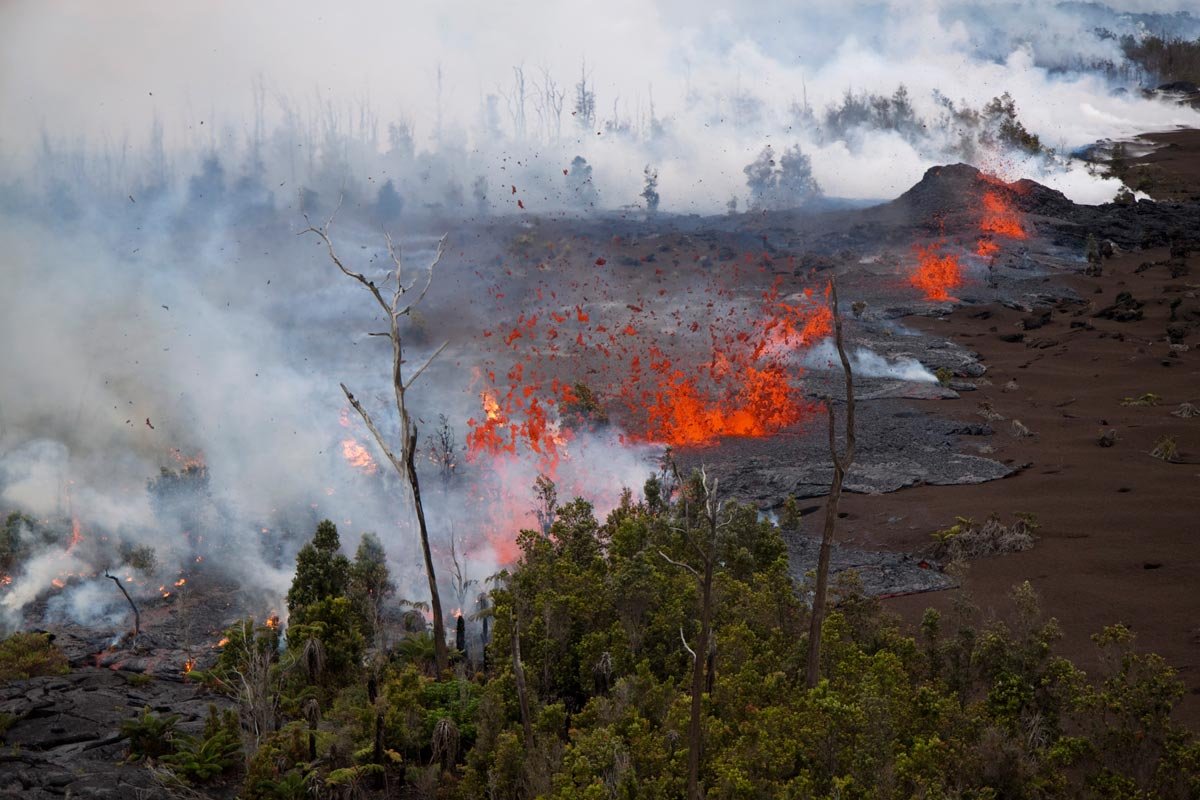
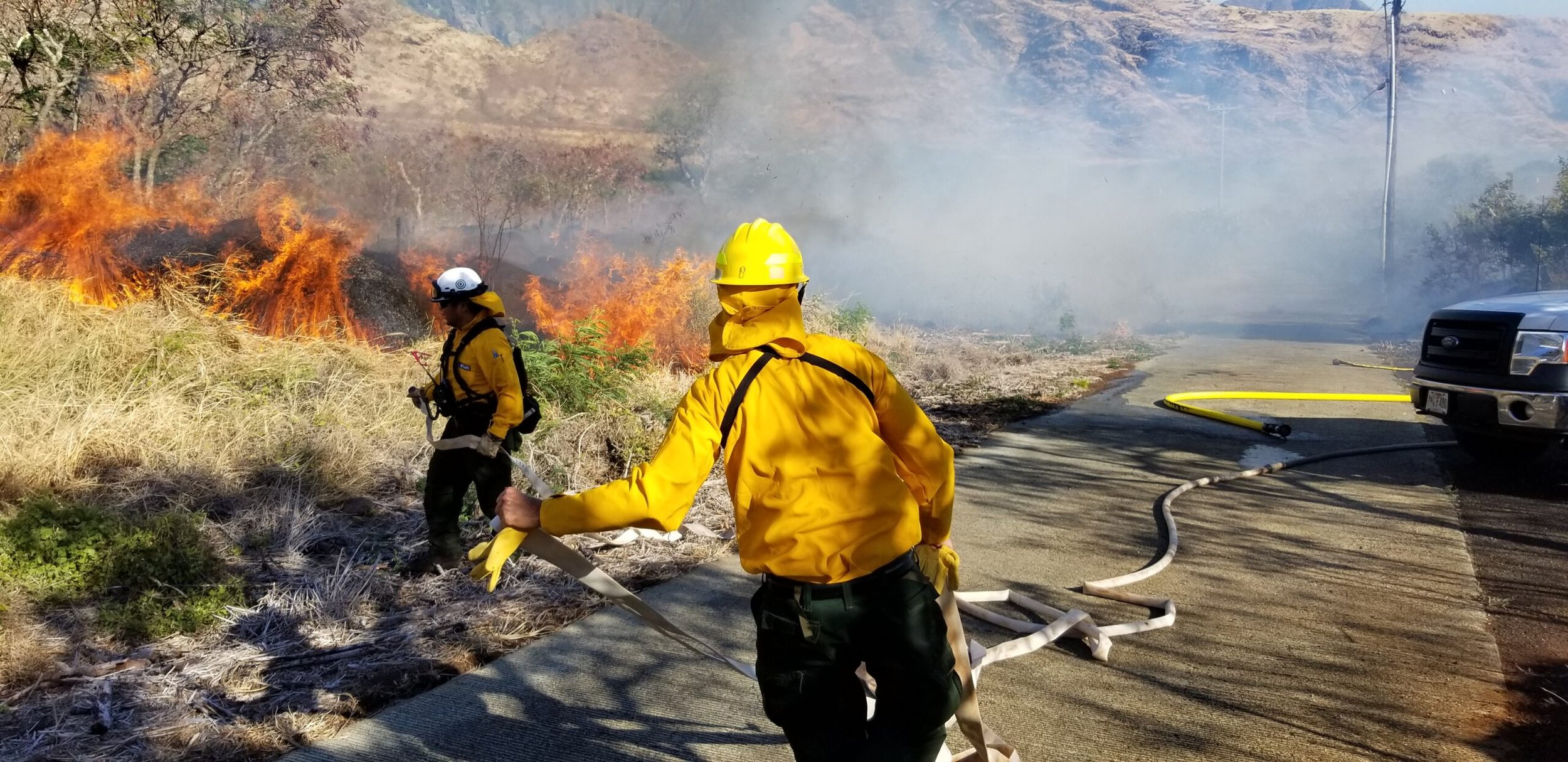
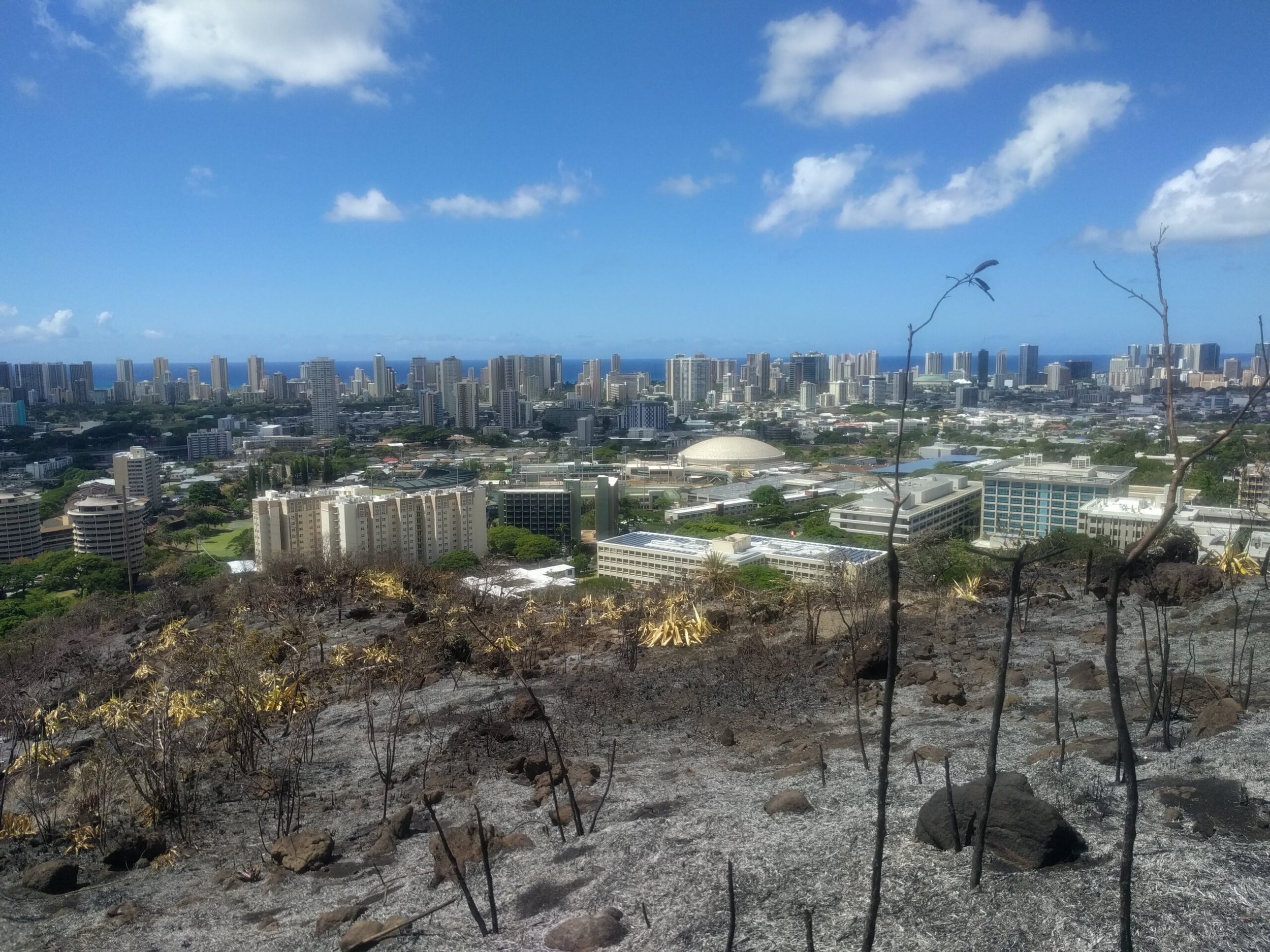
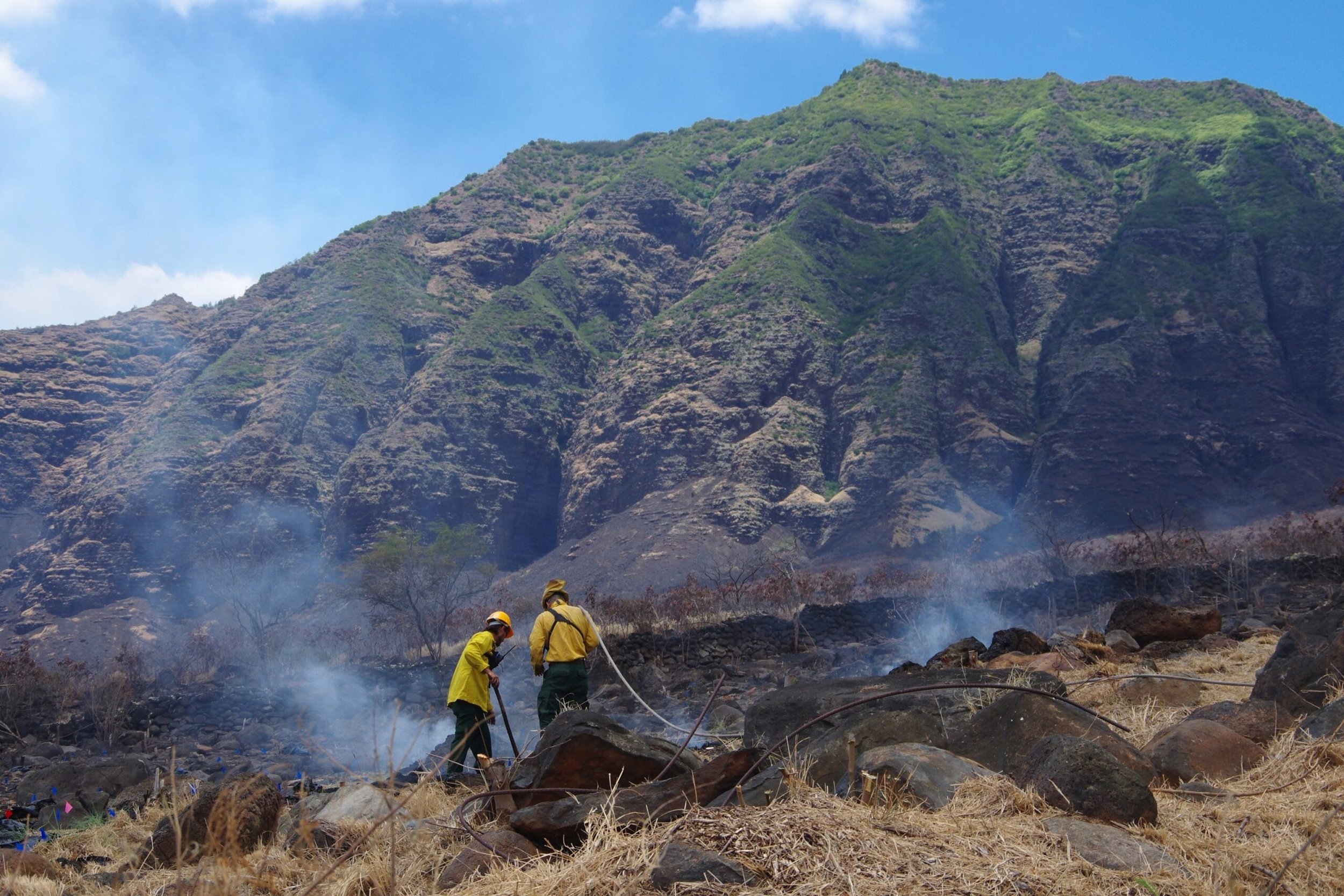
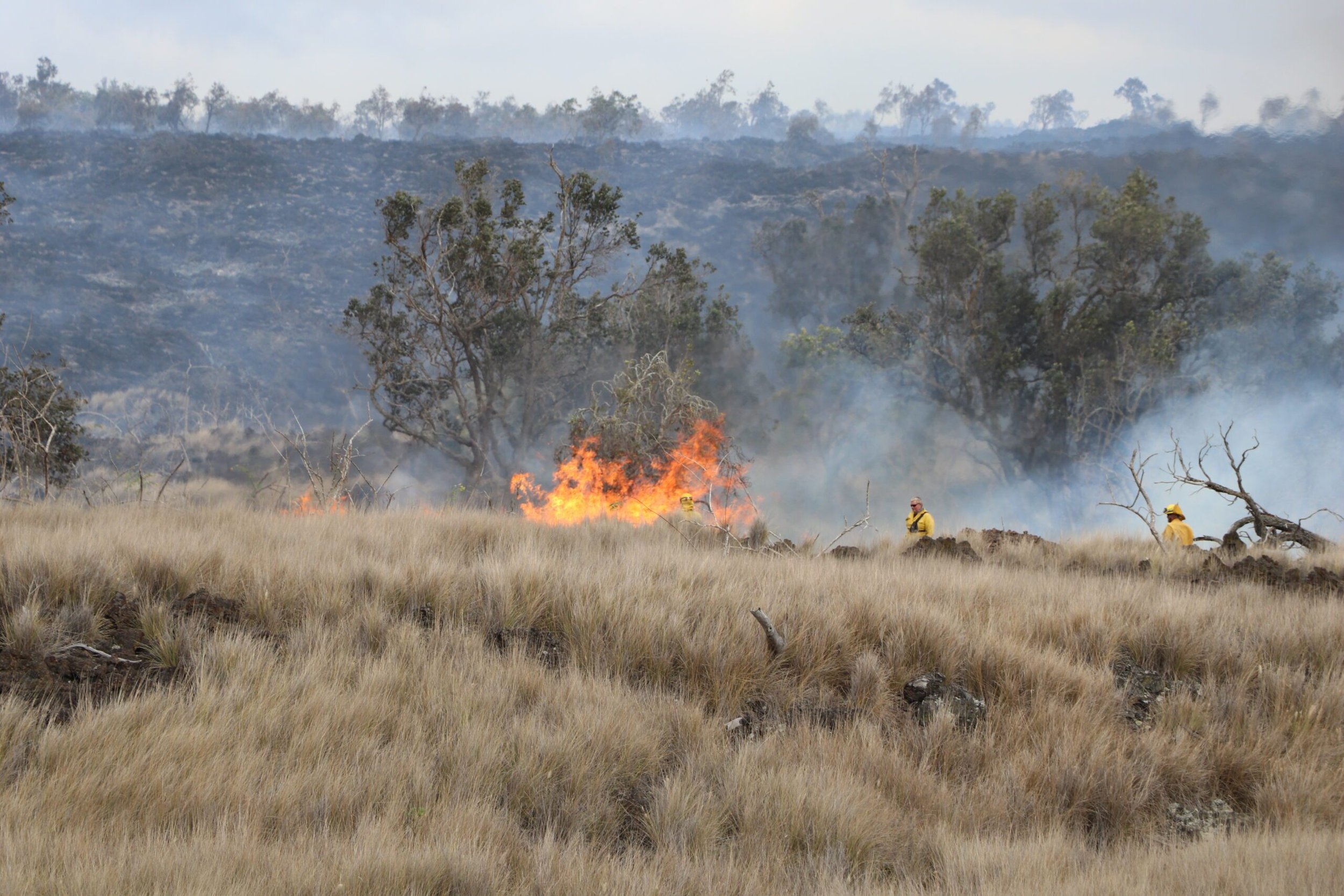
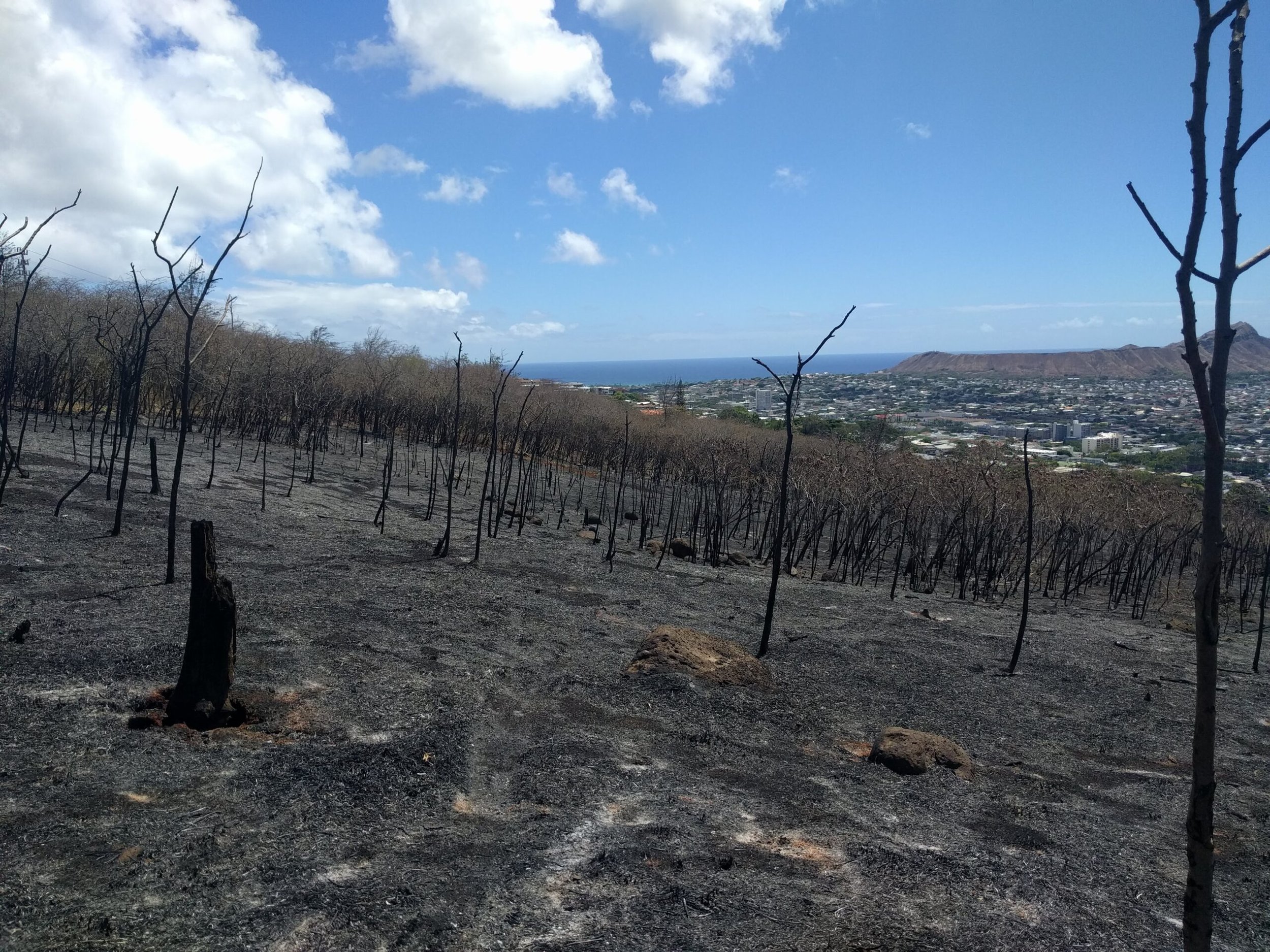
Risk Reduction
-
It is up to everyone to reduce wildfire risk year-round, whether it be on fallow lands or in/and around homes and towns.
-
Fuels management projects implemented with and for partner entities to reduce vegetative hazards on the landscape. HWMO has implemented projects on the islands of Hawaiʻi, Maui, and Molokaʻi, and assisted with planning fuels management projects will all Firewise Communities across the state.
HWMO has worked with landowners and land managers across the state to develop current and proposed fuels management maps with the purpose of supporting fuels management in Hawaiʻi to take place at a landscape scale. Optimal hazard reduction and fire behavior control can occur when fuels are treated coherently, across boundaries and jurisdictions in consideration of environmental conditions such as fuels type, wind, topography, etc.
-
Reducing risk is not limited to dry, vegetative fuels. The built environment is comprised of fuels, as well. The actions supported through our educational programs, Firewise Communities Action Programs, and the Wildfire Home Assessment Program all serve to encourage residents and homeowners to reduce ignition risk and rapid fire spread through their homes, yards, and communities.
HWMO is working on various projects with the County of Kauaʻi Planning Department and the GetFit Kauai Built Environment Task Force, the County of Hawaiʻi Planning Department, and the American Planning Association- Hawaiʻi (APA-HI) on reducing risk at the subdivision planning level.
Collaboration
-
Nothing we do takes place in a vacuum. We serve as a bridge, connecter, and convener so that there is strong communication and collaboration across the state and region when it comes to wildfire preparedness and information.
HWMO’s purpose from its inception was to complement and supplement the work being conducted by fire and forestry agencies, whose funding and capacity are often focused on fire suppression and/or specific geographies or jurisdictions. HWMO’s projects and programs are a direct response to the needs expressed by our technical advisors and community partners.
-
HWMO works hard to support the diversity of sectors and communities dealing with wildfire through the following collaborative efforts:
Wildfire mitigation and response coordinating groups in each county
Cross-County Wildfire Prevention and Mitigation Council, the 2018 Hawaiʻi Wildfire Summit, and more recent wildfire symposium in each county.
Partnership with DLNR-Division of Forestry and Wildlife to host and coordinate the Firewise Communities Program.
Partnership with the University of Hawaiʻi at Mānoa to provide the best available regional fire science through our shared project, Pacific Fire Exchange.
HWMO also serves as a bridge between national programs and Hawaiʻi. Examples include serving as a liaison for NFPA’s Firewise Program, serving as a core member of the Fire Adapted Communities Network, and providing Hawaiʻi-specific perspectives to our partners at the Wildland Fire Leadership Council, who implement the National Cohesive Wildland Fire Management Strategy.
Through these and other connections, we represent Hawaiʻi to national programs and bring knowledge and information from them to Hawaiʻi’s professionals and communities.
Preparing Our Island Communities
The Firewise USA® program helps communities adapt to living with wildfire and encourages neighbors to work together and take action now to prevent losses.
Reducing the Threat of Wildfire in the Pacific


